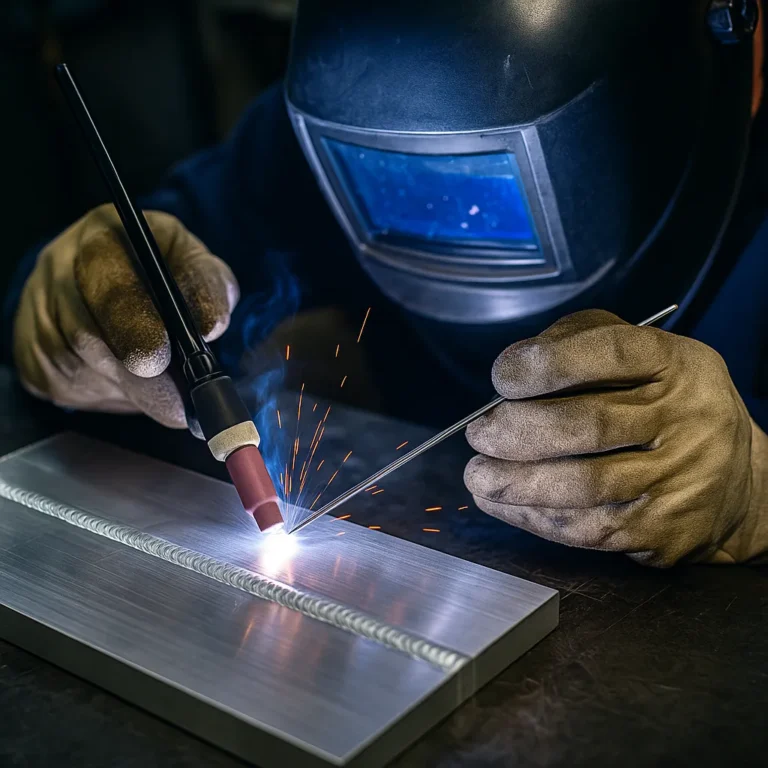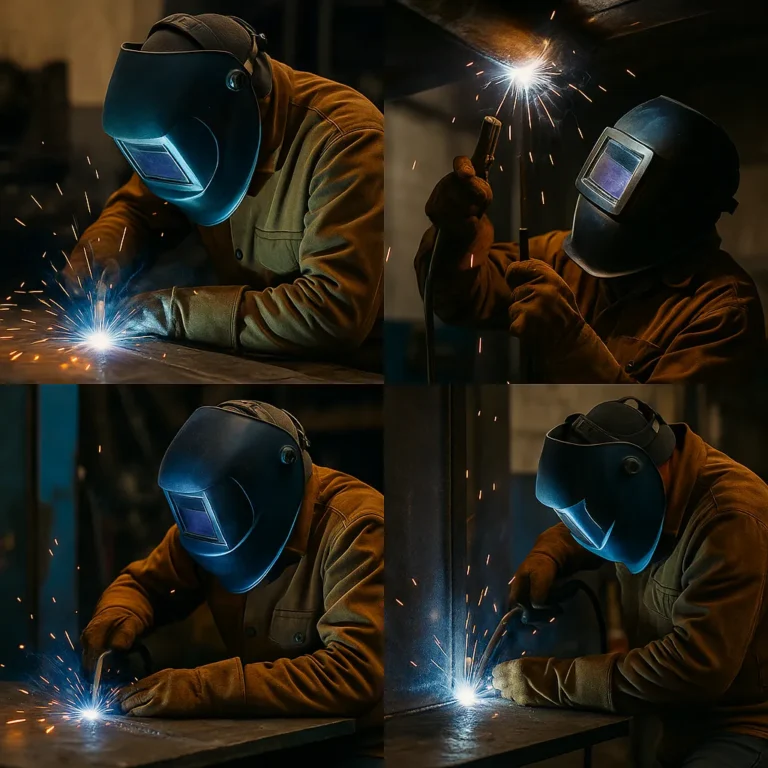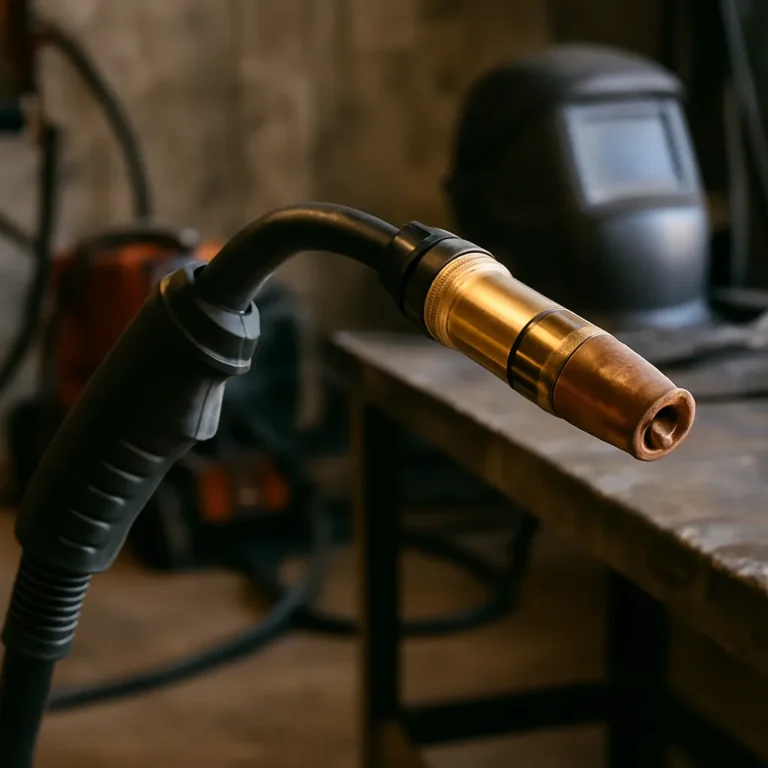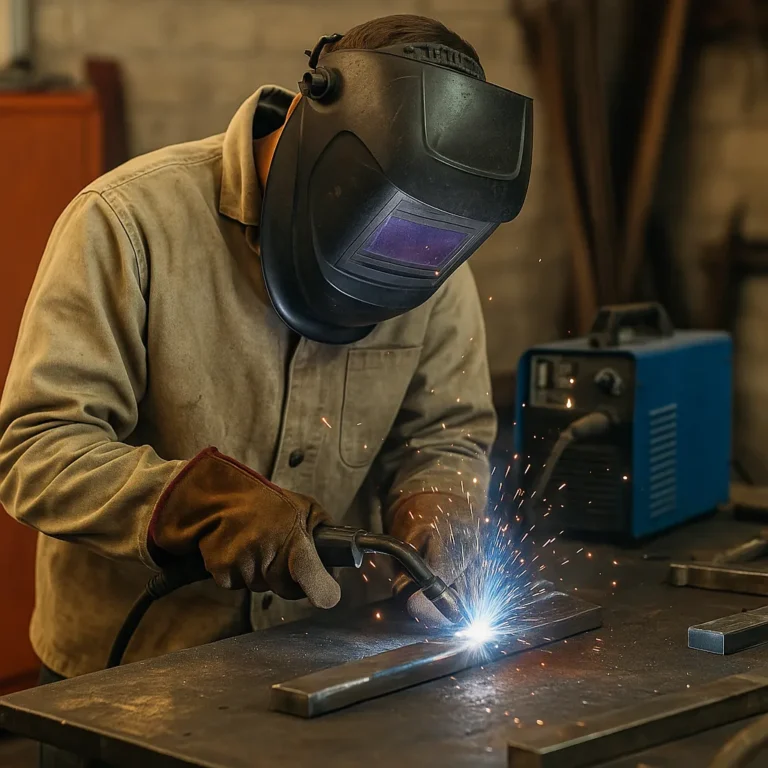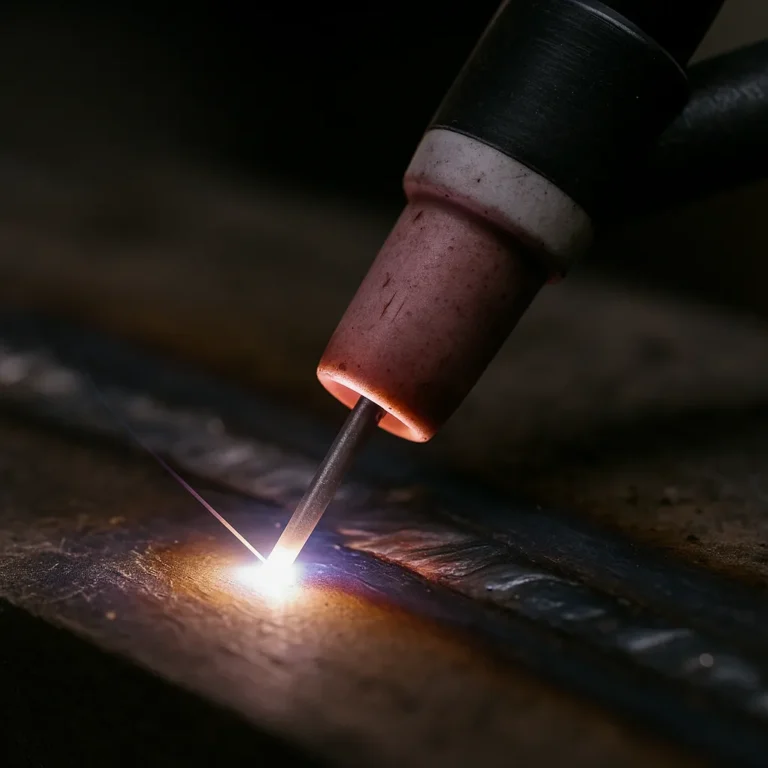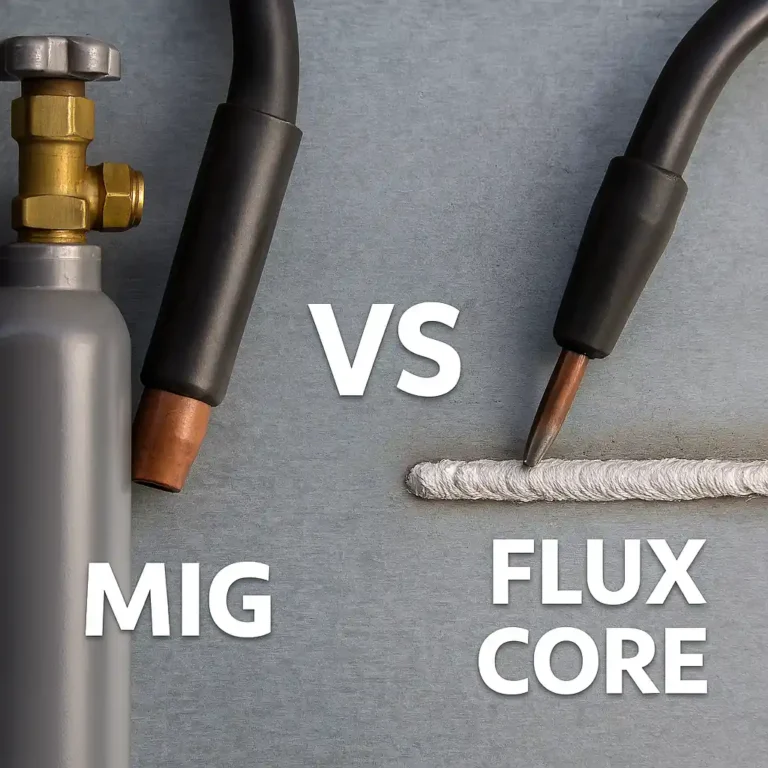Best Welding Technique for Aluminum and How to Get It Right
Aluminum welding isn’t the same as welding mild steel. It heats up fast, cools quickly, and doesn’t always give you time to react. But if you’re using the right technique—and you’ve got your machine set up properly—you can absolutely get strong, clean welds that hold up and look good too. Here’s a breakdown of the…

